Red wine, with its rich flavours and complex aromas, has captivated wine enthusiasts for centuries. Whether you're a seasoned connoisseur or just beginning to explore the world of wine, understanding how to properly store, serve, and enjoy red wine is essential to unlocking its full potential.
In this comprehensive guide, we will delve into the intricacies of red wine, covering everything from temperature control during storage to the wine serving temperature, techniques and food pairings.
Short Summary
- Proper storage is essential for preserving the quality of red wine and unlocking its full potential. Whether for short-term or long-term storage, temperature control plays a crucial role. Check out this detailed guide by VinoVest for more information on proper storage.
- When it comes to serving red wine, specific temperature ranges are recommended.
- Enhance the red wine experience by decanting and aerating, particularly for older vintages or those with sediment. Pairing red wine with complementary foods, such as red meats, roasted poultry, mushrooms, and cheeses, adds culinary harmony.
- Understanding the taste profiles of different red wine varieties, such as Cabernet Sauvignon, Merlot, Pinot Noir, and Shiraz, along with appropriate serving temperatures and food pairings, opens up a world of exploration and enjoyment.
- Additional secrets and suggestions include considering the ageing potential of red wines, avoiding temperature extremes, protecting against light exposure, and embracing the pleasure of experimenting with different wine varieties and food pairings.
Red Wine Temperature Control: The Key to Preserving Quality
Maintaining the correct temperature is crucial when storing red wine for both short and long-term periods. Incorrect temperatures can alter the wine's flavours and aromas, ultimately diminishing its quality.
It's important to note that different types of red wine have varying ideal storage temperatures. Generally, a cool and consistent environment is preferable, with room temp typically ranging from 50°F to 59°F (10°C to 15°C).
Storing Red Wine: Short and Long-Term Methods
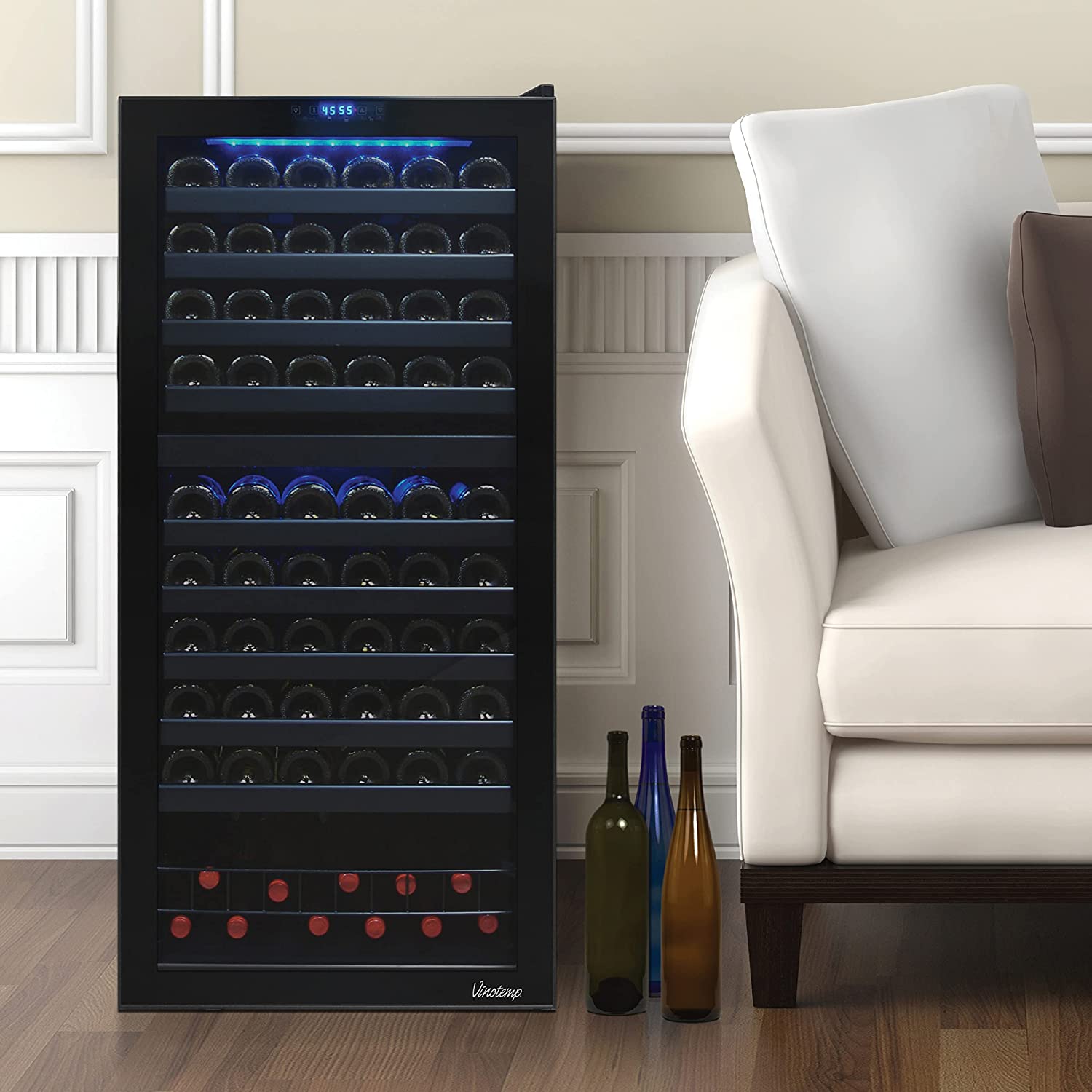
Short-Term Storage
Short-term, wine storage often refers to keeping red wine for a few weeks to several months before consumption. The primary goal during this period is to maintain the wine's freshness and prevent any rapid deterioration in quality. Here are some key considerations:
a) Temperature: Store red wine in a cool environment with a temperature range of 50°F to 59°F (10°C to 15°C). Avoid storing it in places prone to temperature fluctuations, such as near heating vents or in the kitchen. Slight temperature variations within this room temperature range are acceptable but try to minimize them as much as possible.
b) Darkness and Light Exposure: Protect red wine from direct light, especially UV rays. Light can prematurely age the wine and degrade its flavours. Store the wine in a dark place or use opaque storage options. If you don't have access to a dark storage area, consider covering the bottles with a cloth or using wine cellar wraps to shield them from light exposure.
c) Humidity: Maintain a humidity level of around 70% to prevent the corks from drying out and allowing air to seep into the bottle. This helps to preserve the wine's freshness and prevent premature oxidation. If the humidity is too low, consider using a humidifier or placing a small dish of water nearby to increase moisture levels.
d) Vibration: Avoid storing red wine in a place prone to excessive vibration, such as next to a washing machine or near loud appliances. Vibrations can disturb the sediment in older wines and potentially impact their flavour and structure.
Long-Term Storage
Long-term storage is for red wines that are intended to be aged for several years, allowing them to develop complexity and depth. Proper storage conditions play a crucial role in the ageing process. Consider the following factors:
a) Temperature: For long-term storage, aim for a slightly cooler temperature range of 53°F to 57°F (12°C to 14°C). This optimal temperature range ensures a slower ageing process, allowing the wine to develop and integrate flavours more harmoniously over time. It's important to maintain a consistent temperature within this range to avoid temperature fluctuations that can negatively impact the ageing process.
b) Humidity: Maintain a humidity level between 60% and 80% to prevent the corks from drying out and causing leakage. Adequate humidity also helps preserve the wine's integrity and prevents premature oxidation. Using a humidifier or a dedicated wine fridge or wine cooler with humidity controls can assist in maintaining the desired humidity level.
c) Darkness and Light Exposure: Similar to short-term storage, protect long-term stored red wines from light and UV rays. Direct sunlight and prolonged exposure to artificial light sources can deteriorate the wine's quality over time. Store the bottles in a dark environment or use opaque storage options to minimize light exposure.
d) Horizontal Storage: Store wine bottles horizontally during long-term storage. This allows the wine to keep the cork moist, preventing it from drying out and letting unwanted oxygen enter the wine bottle itself. Proper humidity levels aid in keeping the cork in good condition.
e) Ageing Potential: Not all red wines are suitable for long-term ageing. Research and select wines with proven ageing potential. Consider factors such as grape variety, region, vintage, and expert recommendations to identify wines that will benefit from extended ageing.
Wine Fridge or Wine Cellar For Storing Red Wine
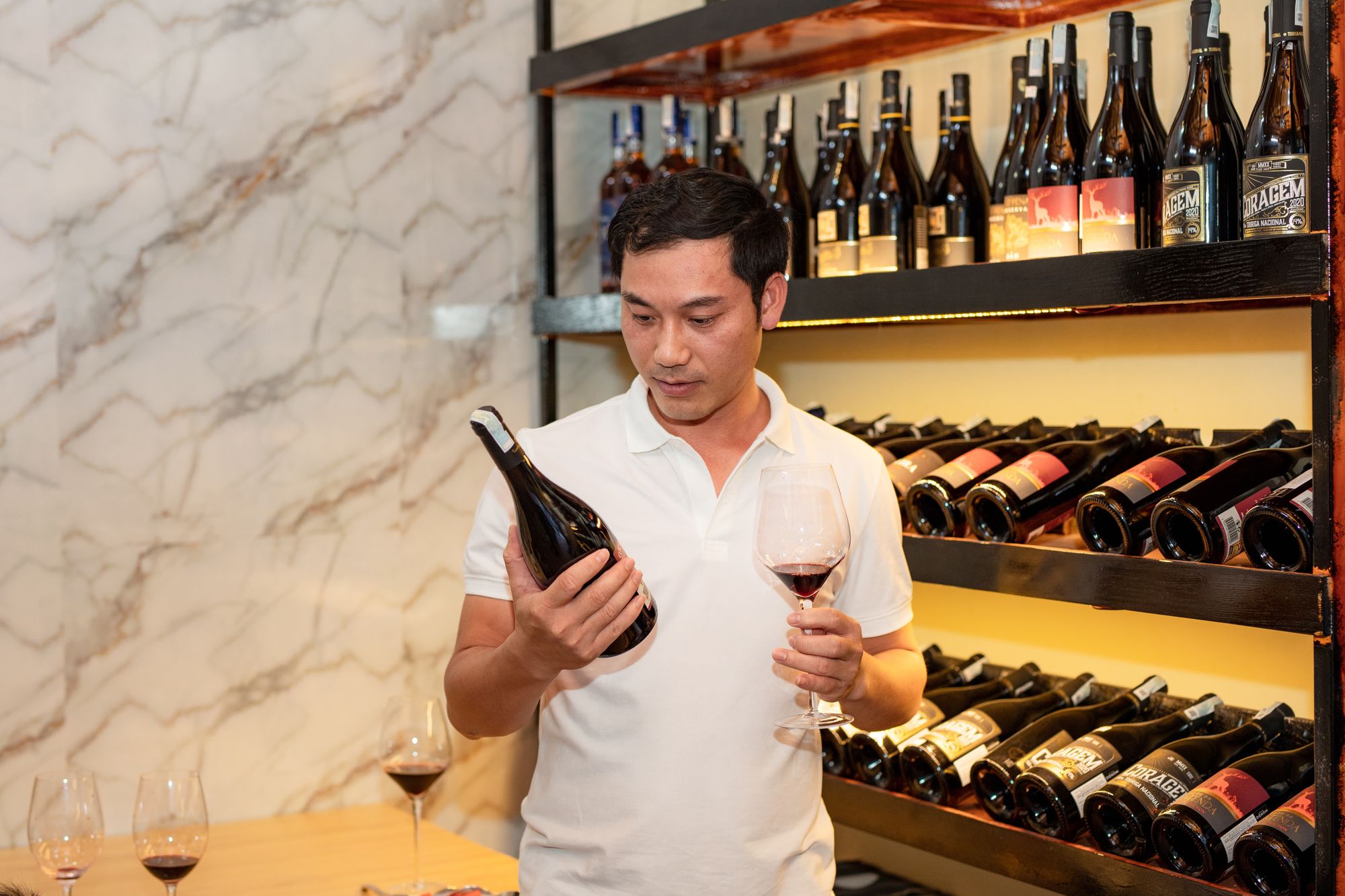
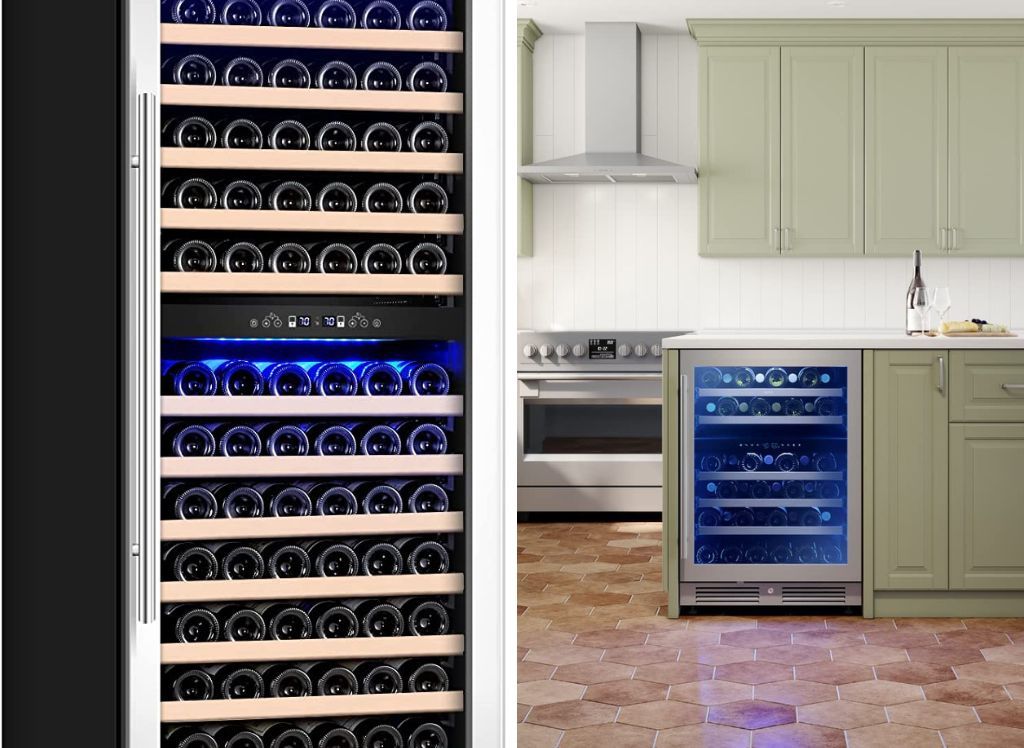
A wine refrigerator and a wine cellar offer benefits depending on individual needs and preferences.
Wine fridges or wine coolers are convenient for short-term storage and easy access to wines at serving temperatures. Wine cellars or even a wine rack, on the other hand, provide a dedicated space for long-term ageing and larger collections, allowing for a more comprehensive and controlled storage environment.
Ultimately, the choice between a wine fridge and a wine cellar depends on factors such as the size of your collection, storage goals, available space, and budget.
Serving Red Wine: Enhancing the Experience
a)Temperature Range and Glassware: Serving red wine at the ideal serving temperature brings out its true flavours and aromas. As a general guideline, lighter-bodied reds like Pinot Noir are best served slightly chilled, around 55°F (12-14°C).
Medium-bodied reds such as Merlot and Shiraz benefit from a serving temperature of 60°F to 65°F (15-18°C). Full-bodied reds like Cabernet Sauvignon are enjoyed best at around 65°F to 68°F (18-20°C).
Red sparkling wines do well straight out of an ice bucket and are served chilled.
When it comes to glassware, opt for large, tulip-shaped glasses to allow for the proper temperature, aeration and concentration of aromas.
b) Decanting and Aerating: Decanting red wine, especially older vintages or those with sediment, can significantly enhance the drinking experience.
Pour the wine gently into a decanter, allowing it to separate from any sediment and oxygenate. Younger reds can also benefit from aeration by swirling the wine in the glass or using an aerator to expose it to the air, unlocking its full potential.
Food Pairings: Unleashing the Culinary Harmony
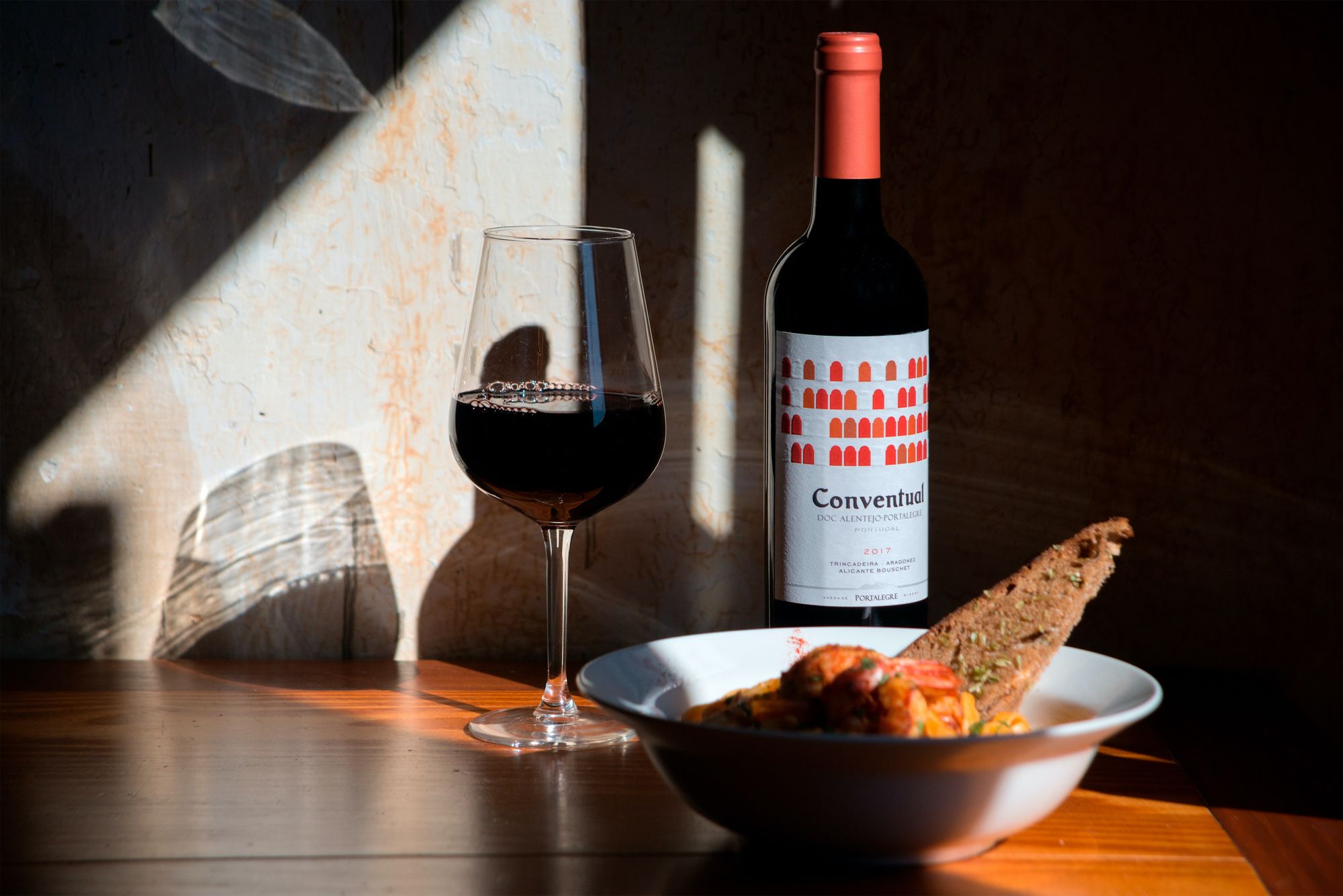
Pairing red wine with complementary foods elevates both the flavours of the wine and the dishes. Here are some classic pairings:
- Cabernet Sauvignon: Rich and robust, pairs well with red meats, aged cheeses, and hearty stews.
- Merlot: Velvety and smooth, complements roasted poultry, mushrooms, and grilled vegetables.
- Pinot Noir: Delicate and versatile, pairs wonderfully with salmon, duck, earthy mushrooms, and soft cheeses.
- Shiraz: Bold and spicy, pairs excellently with barbecue, spicy dishes, and strong cheeses.
Exploring Red Wine Varieties: Taste Profiles and Recommendations
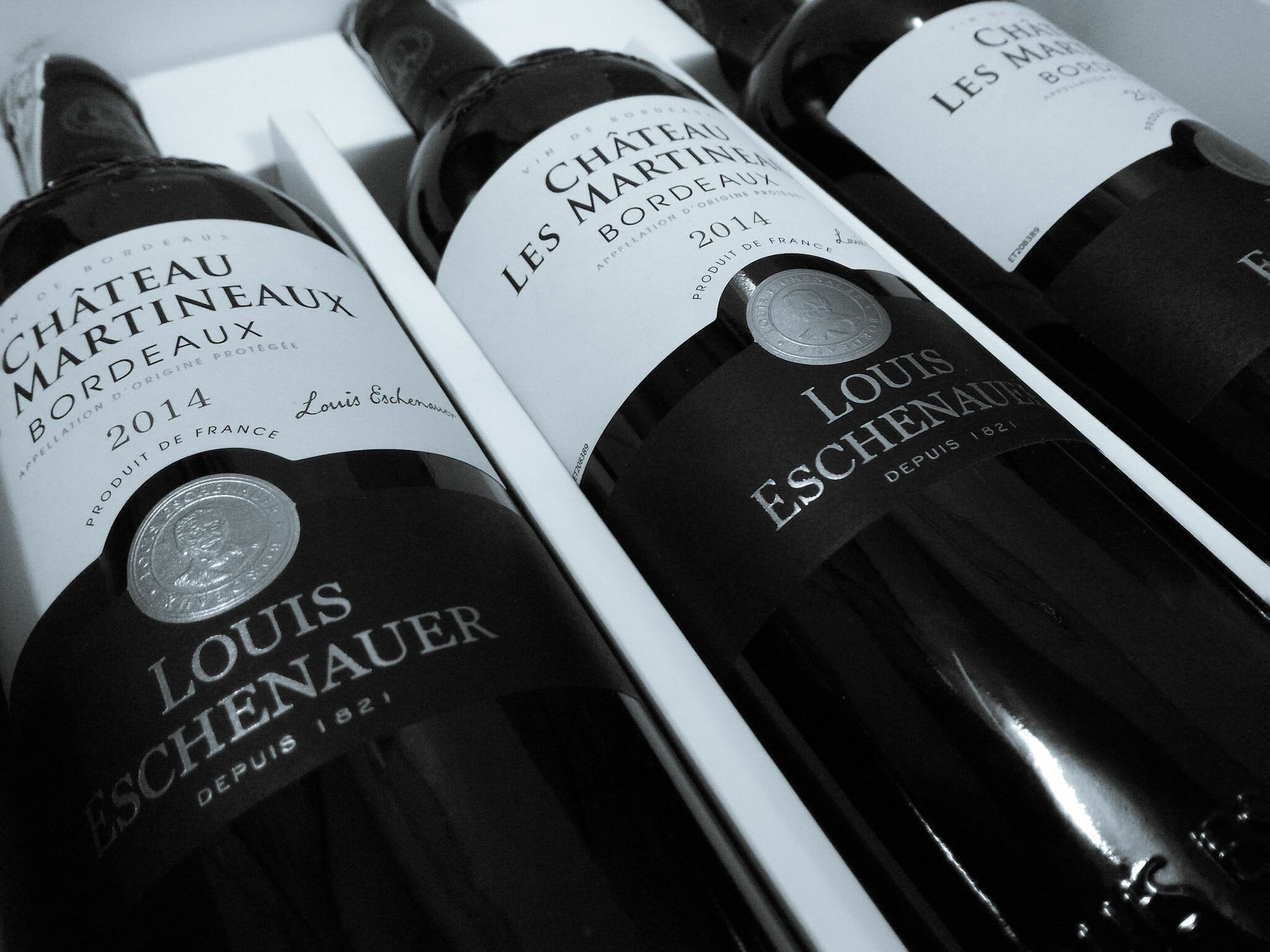
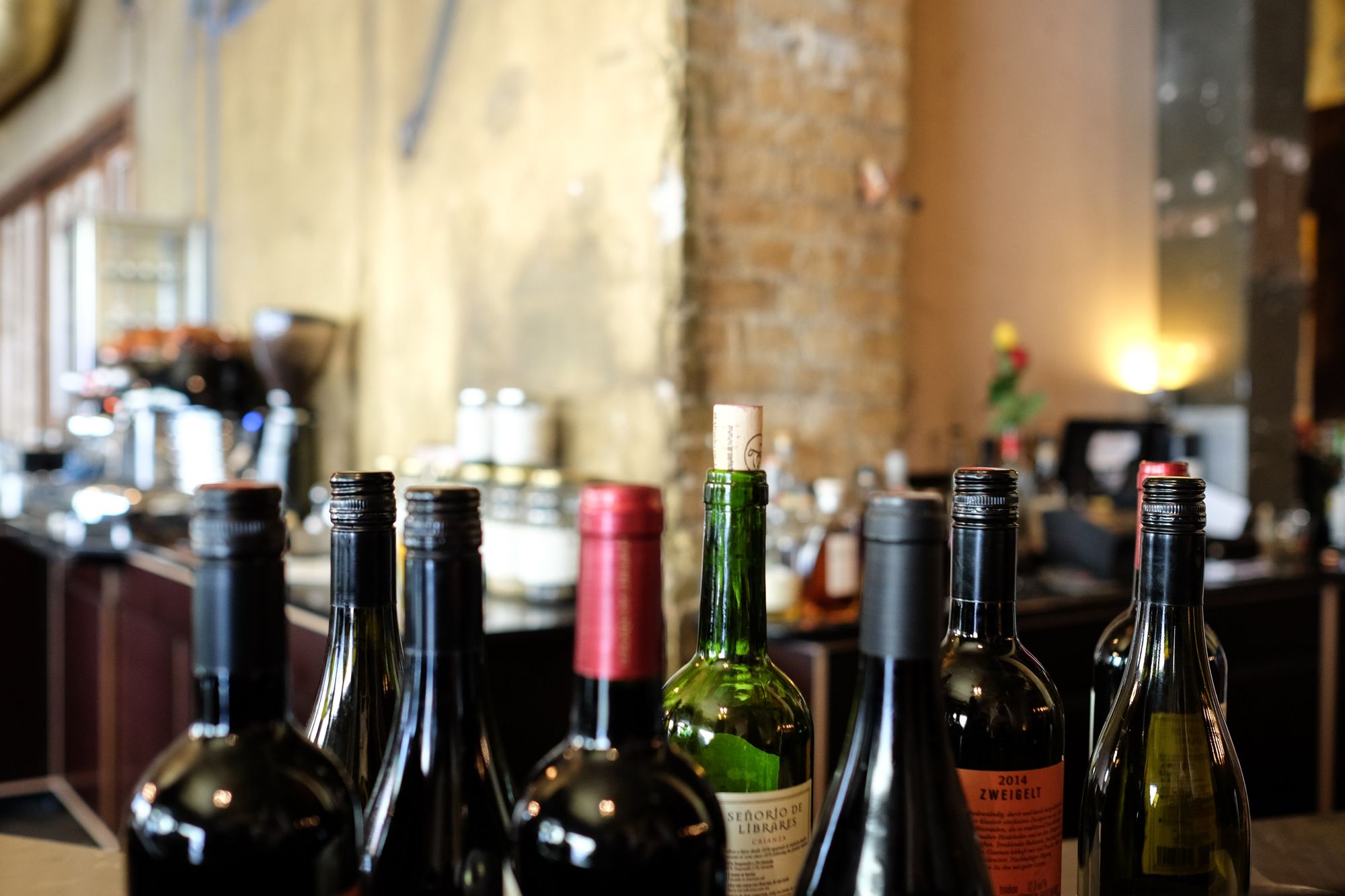
a) Cabernet Sauvignon: Known for its bold flavours of blackcurrant, black cherry, and hints of tobacco and cedar, Cabernet Sauvignon is best served at 65°F to 68°F (18-20°C). Pair it with grilled steak, lamb, or aged cheddar cheese for a delightful combination.
b) Merlot: With its smooth texture and notes of ripe plum, blackberry, and chocolate, Merlot shines at 60°F to 65°F (15-18°C). It pairs harmoniously with roasted duck, grilled mushrooms, or creamy Brie cheese.
c) Pinot Noir: Offering a range of flavours from red cherry and raspberry to earthy undertones, Pinot Noir thrives at a slightly chilled temperature of 55°F (12-14°C). Enjoy it with roasted salmon, roasted chicken, or a tangy goat cheese salad.
d) Shiraz (Syrah): Bursting with blackberry, black pepper, and spices, Shiraz flourishes at 60°F to 65°F (15-18°C). Pair it with a juicy steak, lamb chops, or pungent blue cheese for a remarkable experience.
Secrets and Suggestions
a) Ageing Potential: Not all red wines benefit from long-term ageing. Research the ageing potential of the wine you purchase and store it accordingly. Most red wines are meant to be enjoyed within a few years of release.
b) Avoid Light Exposure: Shield red wine bottles from direct sunlight and UV rays as they can deteriorate the wine's flavour and lead to premature ageing. Opt for dark or opaque storage options to minimize light exposure.
c) Wine Opening Ritual: Before serving, let red wine breathe for a few minutes after opening the bottle. This allows the aromas to open up and develop, enhancing the overall experience to serve wine.
d) Experiment and Explore: Don't be afraid to explore different red wine varieties and experiment with food pairings. Each combination offers a unique sensory journey, and personal preferences play a vital role in discovering your favourite matches.
👉 Related Reads: How Cold Does a Wine Fridge Get, Wine Fridge vs Wine Cooler, Dual Zone vs Single Zone Wine Cooler, White Wine Temperature, Wine Fridge Temperature, How to Drink Wine, How to Tell if Wine is Bad, How to Serve Wine Properly, How to Decant Wine, Storing Wine at Home, How to Choose a Wine Fridge
Summary
Properly storing, serving, and enjoying red wine is an art that enhances the overall wine-drinking experience.
From maintaining the ideal temperature and humidity during storage to serving wine at the appropriate temperatures and pairing it with complementary foods, each step contributes to unlocking the true potential of red wine.
By following the guidelines provided in this comprehensive guide, you'll be well-equipped to savour the nuances and complexities of various red wine varieties.
If you are looking for a wine fridge then you may want to read our blog post where we review The Best Wine Fridges.
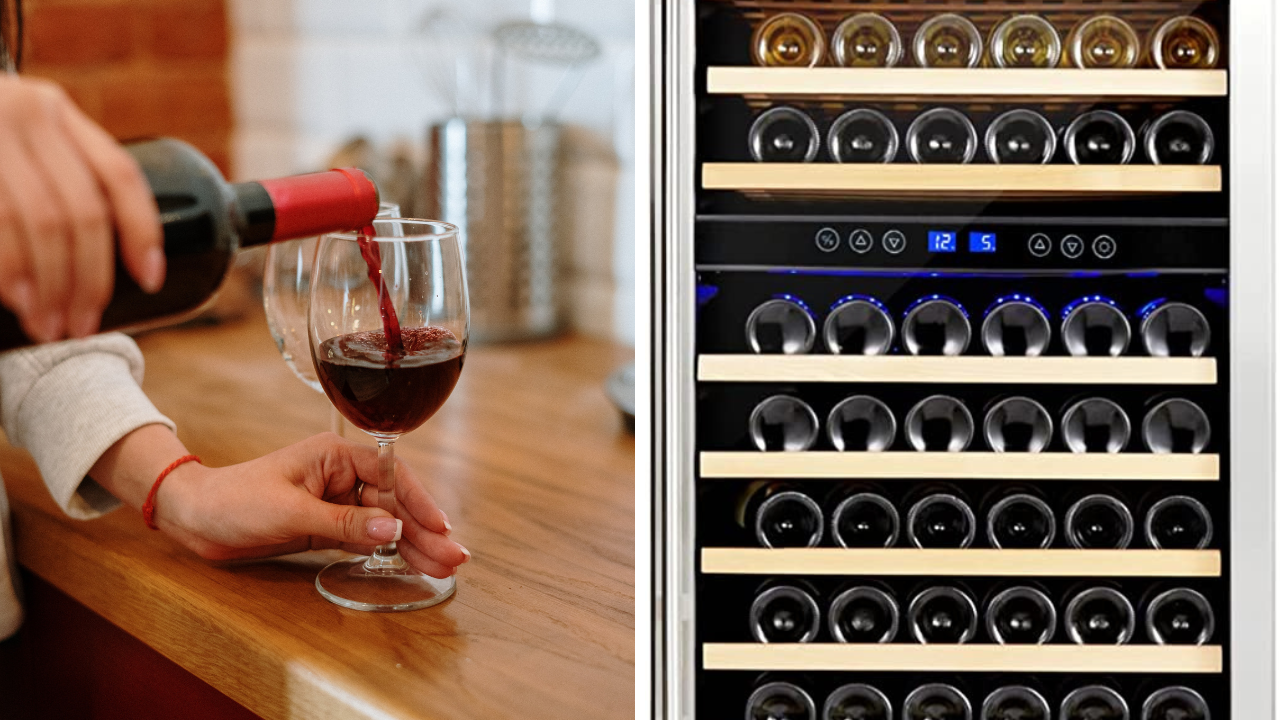
If you are short on space, then check out our top picks for the Best Slim Wine Fridge
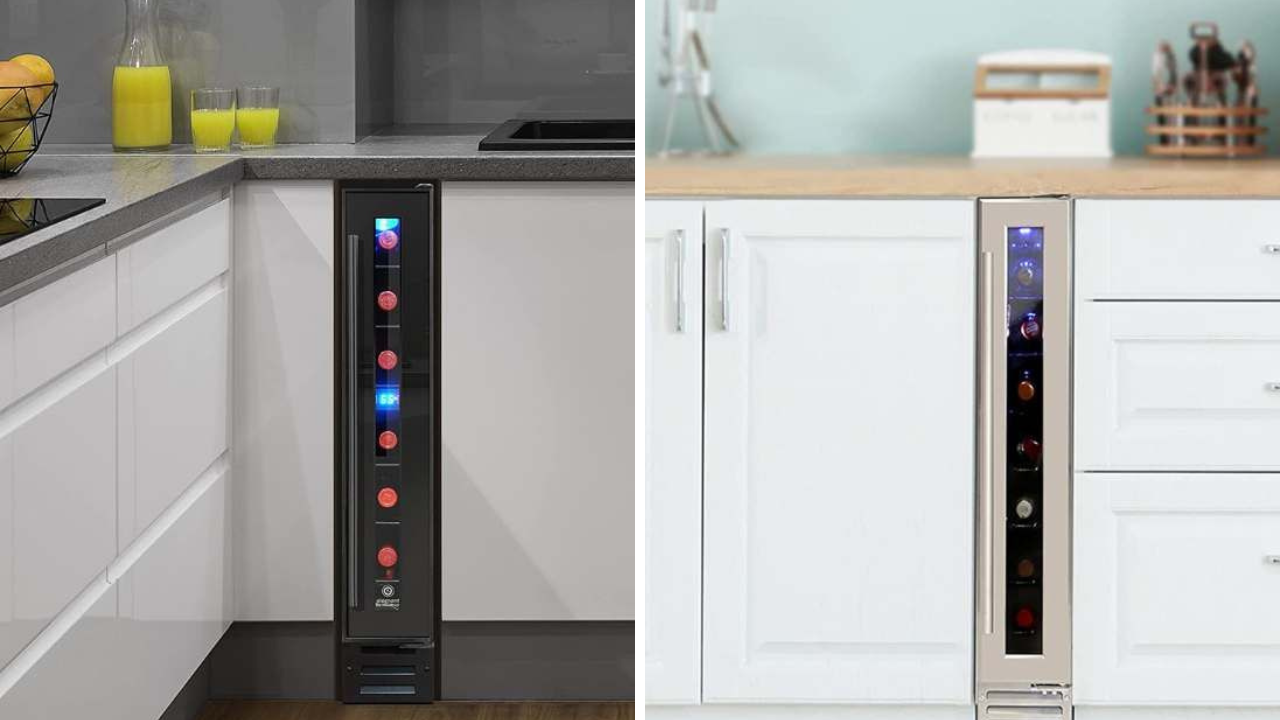
You may want to also check out our top picks for the best under counter wine cooler.
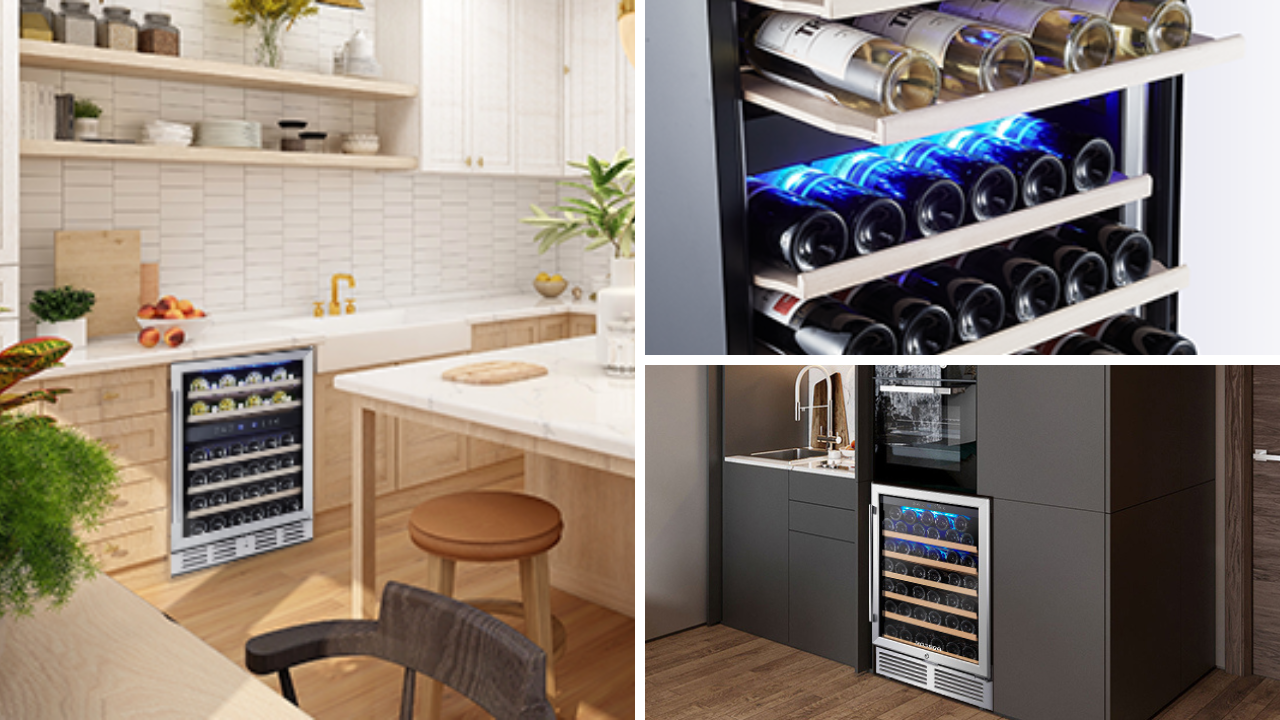
Have a large wine collection? Then check out our blog post on the best large wine fridge.
So, raise your glass and embark on a journey of flavours, aromas, and culinary delights with red wine. Cheers!
IncredibleRatings










